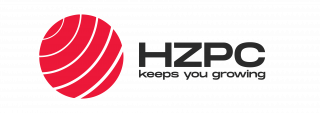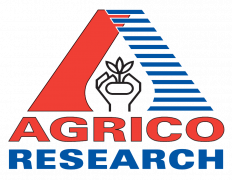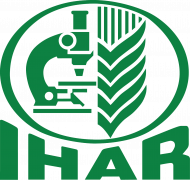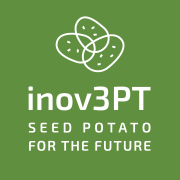Abstract
South Africa harbours many small-scale potato growers who produce for home consumption and local markets using variable levels of inputs (seed, nutrients, water). We assessed potato production practices, input resource use and use efficiencies, farm characteristics and yield gaps on smallholder potato farms in the KwaZulu Natal and Mpumalanga Provinces of South Africa through a survey and a crop model (LINTUL-POTATO-DSS). We explained variability in production practices and use efficiencies based on farm and household characteristics. The potato yields observed among smallholders in this study (on average 2.9 t fresh tuber ha−1 in Mpumalanga and 6.8 t ha−1 in KwaZulu Natal) were low, relative to the calculated water-limited yields (41.5 t ha−1 in Mpumalanga and 24.5 t ha−1 in KwaZulu Natal with optimal planting times) and to yields achieved by smallholders elsewhere in Africa. Input use heavily relied on government support and correlated well with yields. Farmers with low yields tended to have poorer resource use efficiencies, probably due to a combination of interacting yield-limiting factors. Enhanced access to irrigation is likely key to reduce the risks of investing in potato production, improve yields, and optimise planting times in relation to weather patterns and market prices. Timely access to fertiliser and clean planting material may further help to increase yields. The South African government aims to transform subsistence-oriented producers into small- to medium-scale commercially-oriented producers. The results suggested only a small proportion (18% or less) of the growers may have a potential to achieve this.















